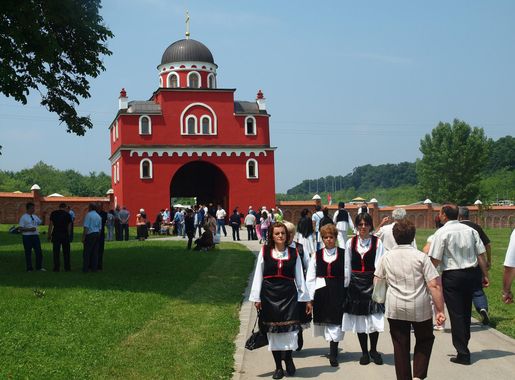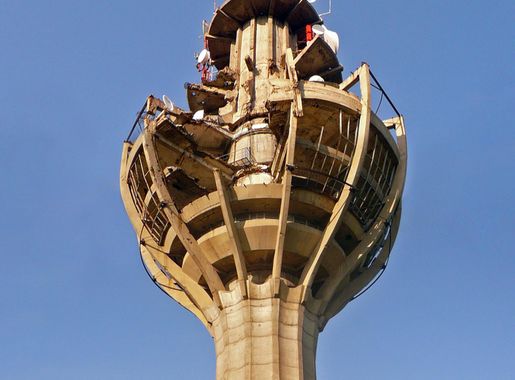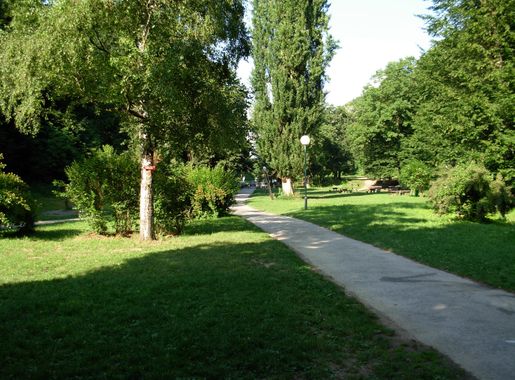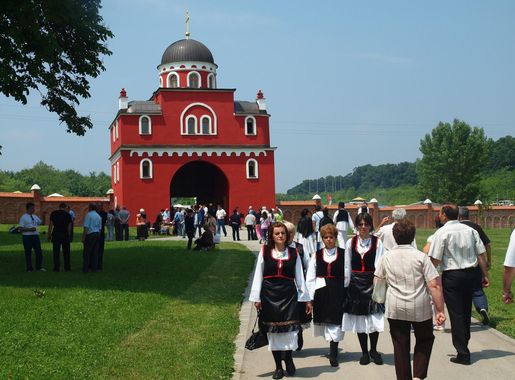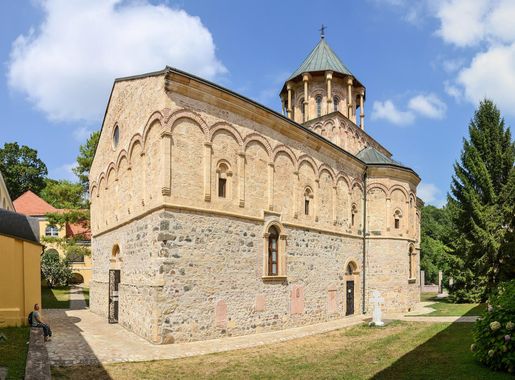
Fruška Gora National Park: The Jewel of Serbia's Natural Landscape
Discover the serene beauty and rich history of Fruška Gora National Park, Serbia's hidden gem offering lush landscapes, ancient monasteries, and outdoor adventures.
Nestled in the northern part of Serbia, Fruška Gora National Park is a mesmerizing blend of natural beauty and cultural heritage. Known as the 'Jewel of Serbia,' this park stretches over 25,000 hectares and offers a rich diversity of flora and fauna. The rolling hills, dense forests, and serene lakes create a picturesque setting that attracts nature lovers and adventure seekers alike. The park is home to numerous monasteries, some dating back to the 15th century, which add a spiritual dimension to its allure. Visitors can explore these historical sites, each with its unique architectural style and historical significance. The monasteries are not just places of worship but also treasure troves of Serbian art and culture. Fruška Gora is also a paradise for outdoor enthusiasts. There are numerous hiking and biking trails that cater to all levels of fitness. The park's well-marked trails lead you through lush forests, past scenic viewpoints, and into the heart of nature. For bird watchers, the park offers a chance to spot rare species in their natural habitat. Whether you're there for a day trip or a longer stay, Fruška Gora National Park promises an unforgettable experience.
Local tips in Fruška Gora National Park
- Visit during the spring or autumn for the best weather and stunning natural colors.
- Wear comfortable hiking shoes as some trails can be steep and rocky.
- Try local wines at nearby vineyards for a taste of the region's unique flavors.
- Carry a map or use GPS, as some areas in the park may have limited signage.
- Respect the wildlife and natural surroundings; do not disturb animals or plants.
Fruška Gora National Park: The Jewel of Serbia's Natural Landscape
Nestled in the northern part of Serbia, Fruška Gora National Park is a mesmerizing blend of natural beauty and cultural heritage. Known as the 'Jewel of Serbia,' this park stretches over 25,000 hectares and offers a rich diversity of flora and fauna. The rolling hills, dense forests, and serene lakes create a picturesque setting that attracts nature lovers and adventure seekers alike. The park is home to numerous monasteries, some dating back to the 15th century, which add a spiritual dimension to its allure. Visitors can explore these historical sites, each with its unique architectural style and historical significance. The monasteries are not just places of worship but also treasure troves of Serbian art and culture. Fruška Gora is also a paradise for outdoor enthusiasts. There are numerous hiking and biking trails that cater to all levels of fitness. The park's well-marked trails lead you through lush forests, past scenic viewpoints, and into the heart of nature. For bird watchers, the park offers a chance to spot rare species in their natural habitat. Whether you're there for a day trip or a longer stay, Fruška Gora National Park promises an unforgettable experience.
When is the best time to go to Fruška Gora National Park?
Iconic landmarks you can’t miss
Petrovaradin Fortress Clock
Explore the historic beauty and stunning views of the Petrovaradin Fortress Clock, a must-visit landmark in Novi Sad, Serbia.
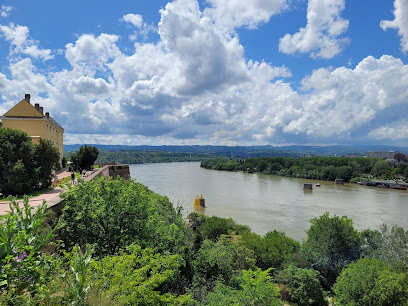
Limanski Park
Explore the lush landscapes and family-friendly atmosphere of Limanski Park, a serene escape in the heart of Novi Sad.
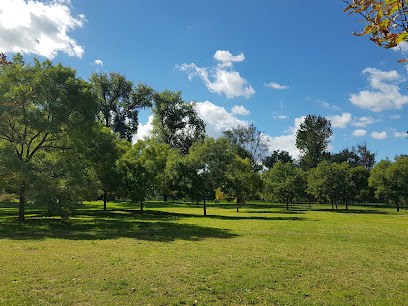
Stara Planina National Park
Explore Stara Planina National Park, Serbia's breathtaking natural wonder, where adventure meets serene beauty in a pristine landscape.
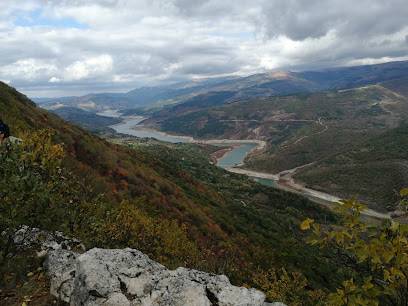
Special Nature Reserve ''Zasavica''
Explore Zasavica Special Nature Reserve, a serene haven in Northern Serbia, where stunning landscapes and rich biodiversity await your discovery.
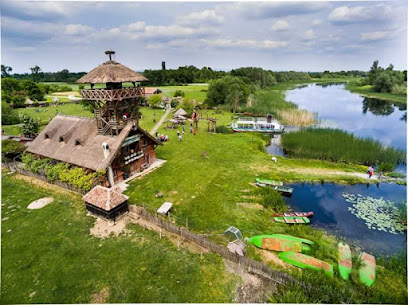
Velika Remeta Monastery
Discover the tranquil beauty of Velika Remeta Monastery, a historic gem in Fruška Gora, perfect for spiritual reflection and cultural exploration.
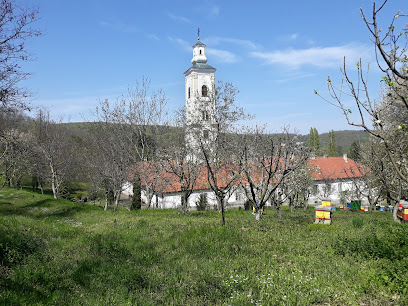
Krušedol Monastery
Discover the serene beauty and rich history of Krušedol Monastery, a spiritual sanctuary nestled in the lush landscapes of Fruška Gora.
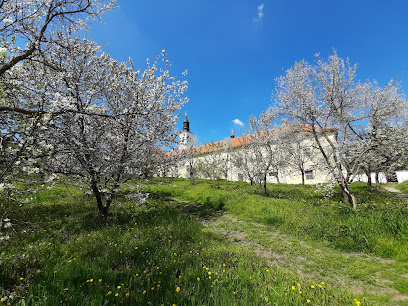
Stražilovo
Explore the breathtaking beauty and rich biodiversity of Stražilovo National Park, a perfect destination for nature lovers and adventure seekers.
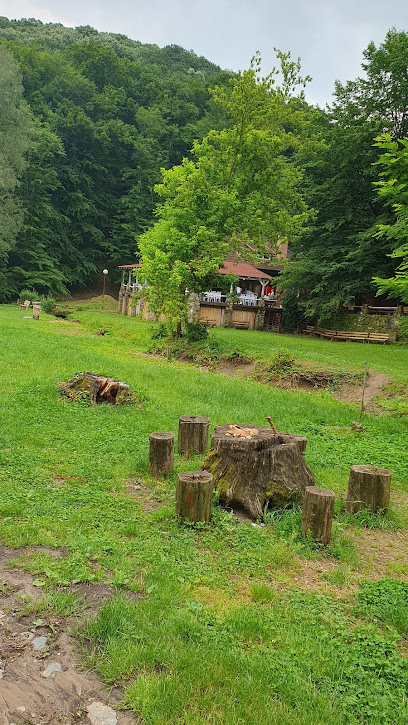
Novo Hopovo Monastery
Discover the tranquility and beauty of Novo Hopovo Monastery, a hidden gem in the heart of Fruška Gora National Park, rich in history and spirituality.

Jazak Monastery
Discover the tranquil beauty and rich heritage of Jazak Monastery in the scenic Fruska Gora region of Serbia.
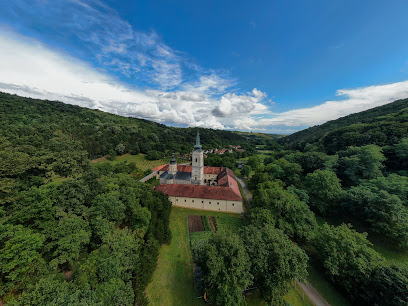
Spomenik NOB na Iriškom Vencu
Explore the poignant Spomenik NOB na Iriškom Vencu, a historical landmark in Pećinci that commemorates the courage of those who fought for freedom.
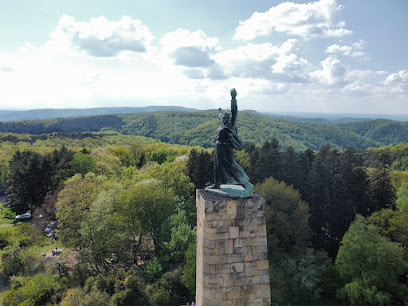
Staro Hopovo Monastery
Explore the tranquil beauty and rich heritage of Staro Hopovo Monastery, a serene Serbian Orthodox gem in the heart of Irig.
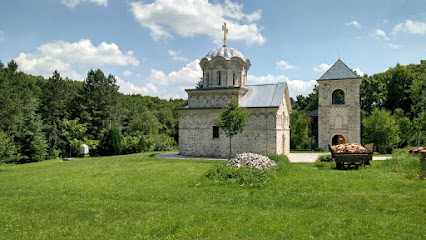
Fruška Gora
Discover the enchanting beauty of Fruška Gora, Serbia's majestic mountain range, rich in history, biodiversity, and outdoor adventures.
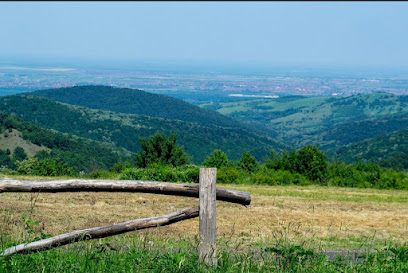
Letenka
Explore Letenka in Šuljam, a premier sports activity location offering breathtaking landscapes and a variety of outdoor adventures for all ages.
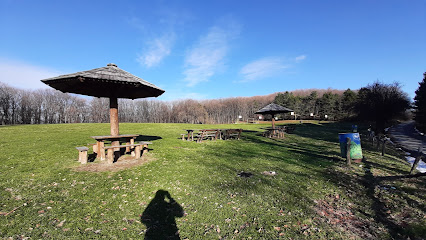
Museum of Beekeeping and Winery Živanović
Explore the enchanting Museum of Beekeeping and Winery Živanović, where honey and wine come together in a celebration of Serbia's rich traditions.

Brvnare Platan
Discover tranquility at Brvnare Platan, a charming holiday apartment rental in Vrdnik, surrounded by the natural beauty of Fruska Gora.
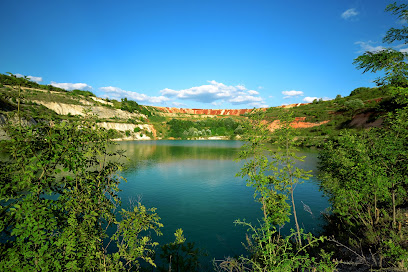
Unmissable attractions to see
Stražilovo
Unveil the natural wonders of Stražilovo National Park, a serene escape in Serbia's beautiful countryside, rich in biodiversity and scenic landscapes.
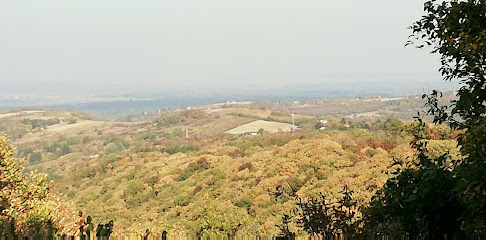
Fruška Gora
Explore the breathtaking landscapes and rich cultural heritage of Fruška Gora, a must-visit mountain range in Serbia for nature lovers and adventurers.
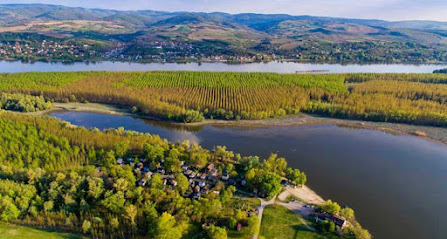
Letenka
Discover Letenka in Šuljam: An exhilarating destination for sports lovers and families amidst stunning natural beauty.
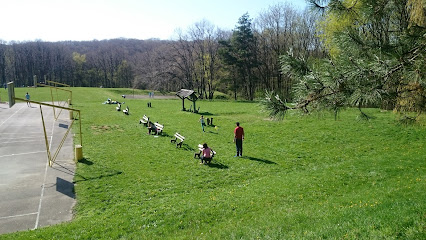
Краљева столица
Discover the stunning landscapes and tranquil trails of Krajeva Stolica, a premier hiking destination in Serbia for nature lovers and adventure seekers.
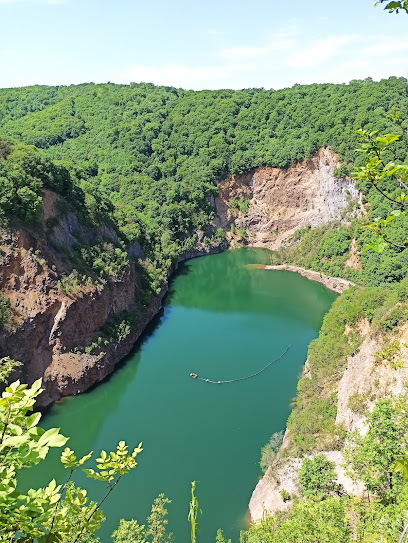
Думбовачки водопад
Discover the breathtaking beauty of Džumbovachki Waterfall, a serene natural attraction in Beočin, Serbia, perfect for nature lovers and adventure seekers.
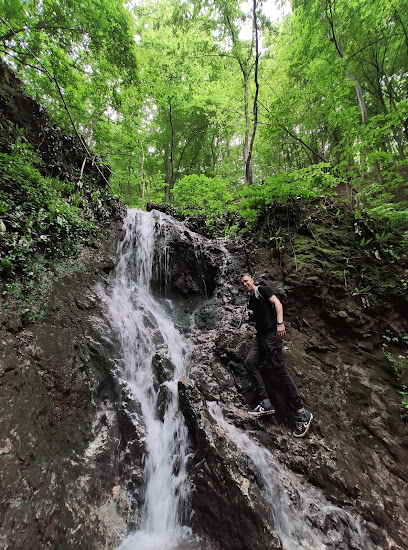
Извор Звечан
Experience the breathtaking trails and serene landscapes of Izvor Zvechan, a top hiking destination in Serbia's Ledinci region.
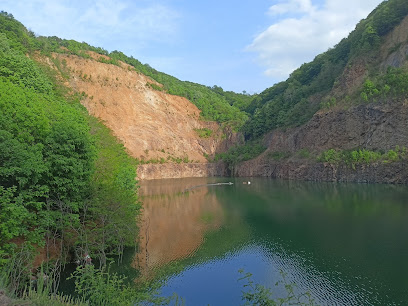
Змајевац
Discover Zmajevac, a stunning hiking area in Rakovac, Serbia, that offers breathtaking views and a serene escape into nature.
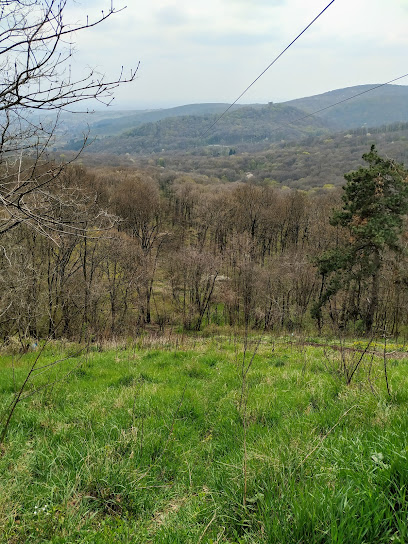
Pavlasov Čot
Explore Pavlasov Čot, a historical landmark in Beočin, set against the breathtaking backdrop of Fruška Gora National Park, perfect for nature and history lovers.
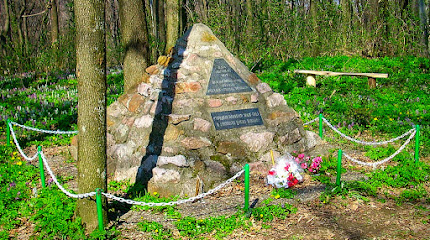
izvor Sveti Đurđe
Explore the serene beauty and rich biodiversity at the enchanting Source of Sveti Đurđe in Grgurevci, a hiking haven for nature lovers.
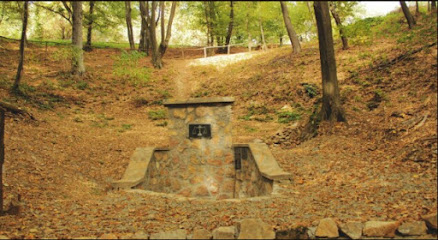
Šarena uživancija
Discover the charm of Šarena u Živancija, a serene tourist attraction in Vrdnik, Serbia, where nature meets culture in a harmonious blend.
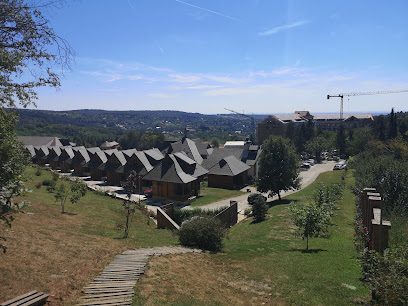
Elvirin vodopad
Experience the serenity of Elvirin Waterfall, a hidden paradise in Irig, where nature's beauty and tranquility await every visitor.

Vidikovac Kobilica
Discover breathtaking views and serene landscapes at Vidikovac Kobilica in Beočin, a hidden gem perfect for nature lovers and photographers alike.
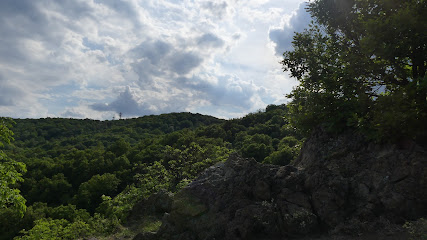
Pećina Beli Kop
Explore the breathtaking Pećina Beli Kop, a stunning cave in Serbia filled with natural wonders and unforgettable scenery.
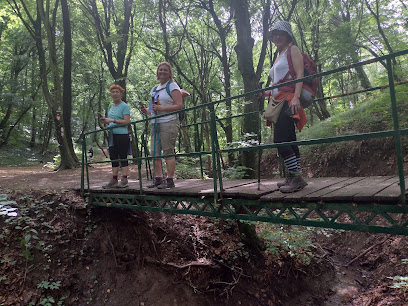
Isin čot
Experience the serene beauty and cultural richness of Isin Čot, a captivating tourist attraction in the heart of Serbia.
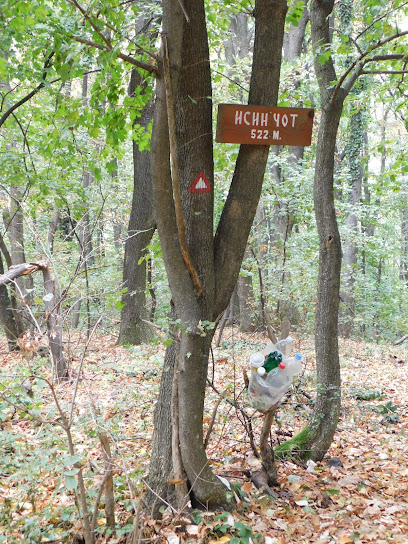
Napušteni Vrdnički kamenolom
Discover the breathtaking beauty of Napušteni Vrdnički Kamenolom, a serene hiking area filled with stunning landscapes and unique geological features.
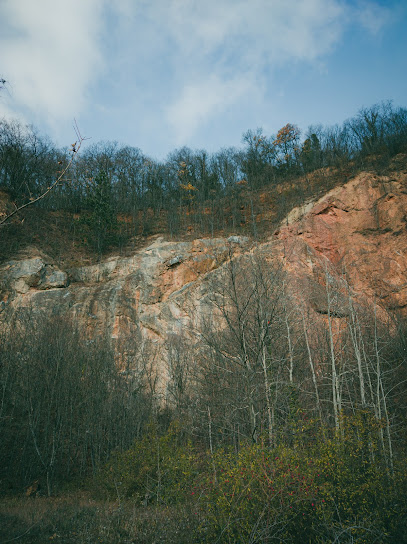
Essential places to dine
Fruška Gora National Park
Explore the enchanting landscapes and rich heritage of Fruška Gora National Park - a true gem in Serbia's natural beauty.
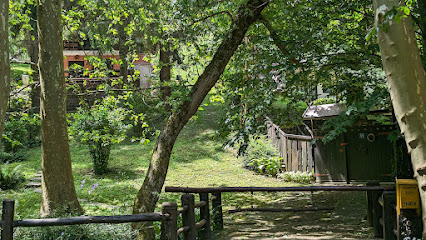
Vinska Kuca Kovacevic
Experience authentic Serbian cuisine and exquisite local wines at Vinska Kuca Kovacevic in the picturesque Fruška Gora mountains.
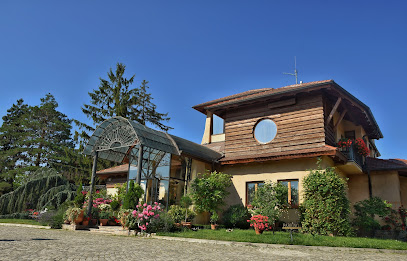
Čarda Aqua Doria
Discover authentic Serbian cuisine at Čarda Aqua Doria while enjoying stunning views of the Danube River in Petrovaradin.
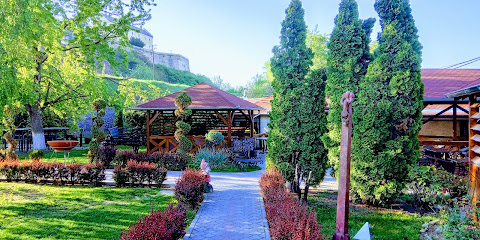
Stojšić Salaš
Discover the charm of rural Serbia at Stojšić Salaš - where authentic cuisine meets breathtaking landscapes.
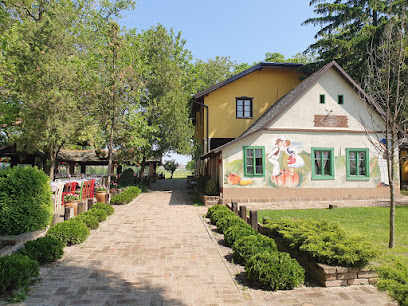
Restoran kompleks Vidikovac - restoran za svadbe i proslave
Experience authentic Serbian cuisine at Restoran kompleks Vidikovac, perfect for celebrations amidst stunning landscapes.
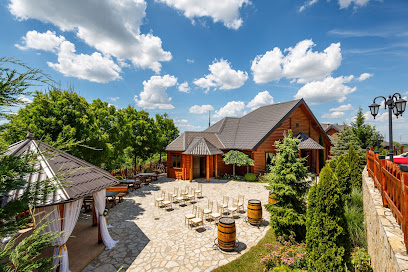
Fruškogorska Lugarnica Mala Remeta
Experience authentic Serbian cuisine surrounded by breathtaking nature at Fruškogorska Lugarnica Mala Remeta.
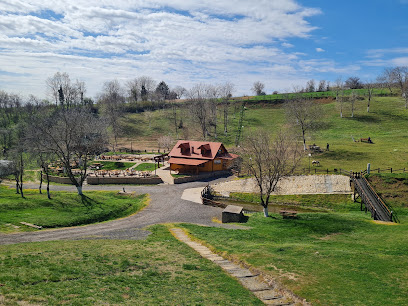
Atos Koruška
Experience authentic Serbian cuisine in a cozy setting at Atos Koruška in Banoštor – a culinary gem not to be missed.
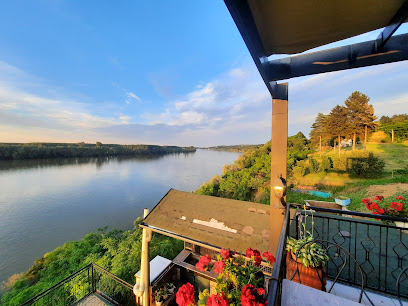
Etno Restoran Vrdnicka Kula
Savor traditional Serbian cuisine amidst breathtaking views at Etno Restoran Vrdnicka Kula in scenic Vrdnik.
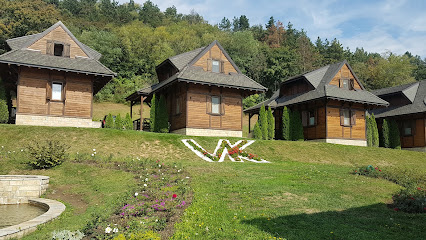
Vinarija Deurić
Explore Vinarija Deurić: A Serene Winery Offering Exquisite Wines and Authentic Serbian Cuisine Amidst Breathtaking Scenery.
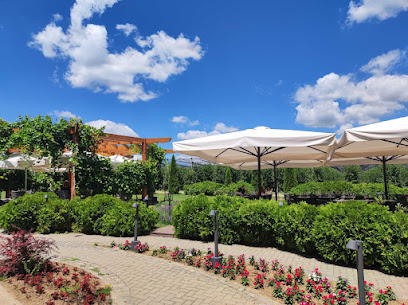
Fruškogorski Jelen
Discover the authentic flavors of Serbia at Fruškogorski Jelen, where tradition meets culinary excellence in Vrdnik.
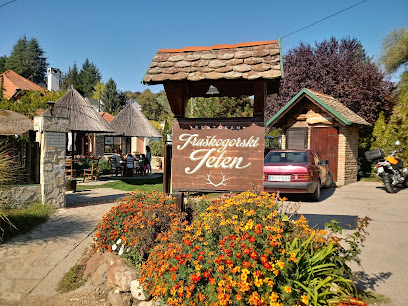
Etno Restoran Šumski Raj
Experience authentic Serbian cuisine amidst breathtaking landscapes at Etno Restoran Šumski Raj in Velika Remeta.
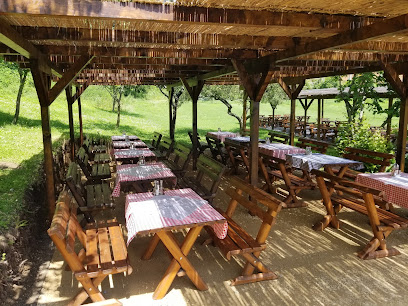
Restoran Na Vencu
Experience authentic Serbian flavors amidst breathtaking views at Restoran Na Vencu on Fruška Gora.
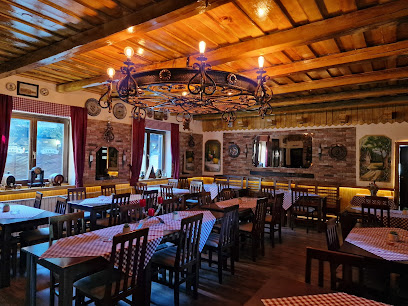
Restoran Krušedolka 1
Experience authentic Serbian cuisine amidst the stunning landscapes of Krušedol Prnjavor at Restoran Krušedolka.
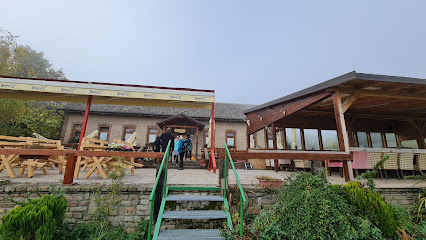
Ruža vetrova
Experience exquisite Serbian cuisine at Ruža vetrova while enjoying breathtaking views of the Sava River valley.
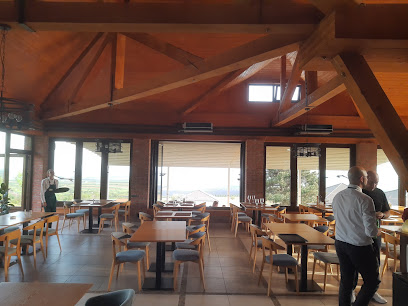
Arena Restaurant
Experience authentic Serbian cuisine surrounded by the serene beauty of Fruska Gora at Arena Restaurant.
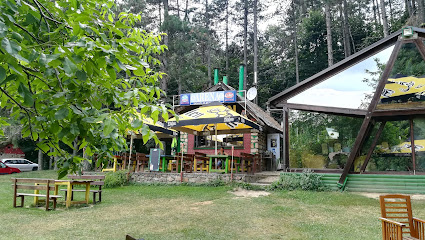
Markets, malls and hidden boutiques
Fruška Gora National Park
Discover the breathtaking landscapes and rich biodiversity of Fruška Gora National Park, a serene retreat for nature lovers and adventure seekers in Serbia.
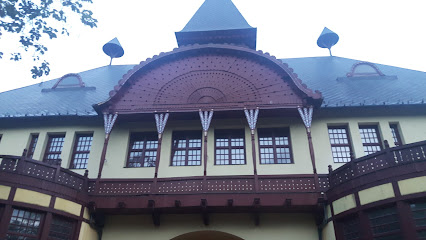
Maxi diskont
Discover local flavors and everyday essentials at Maxi Diskont, the top grocery store in Vrdnik, Serbia.
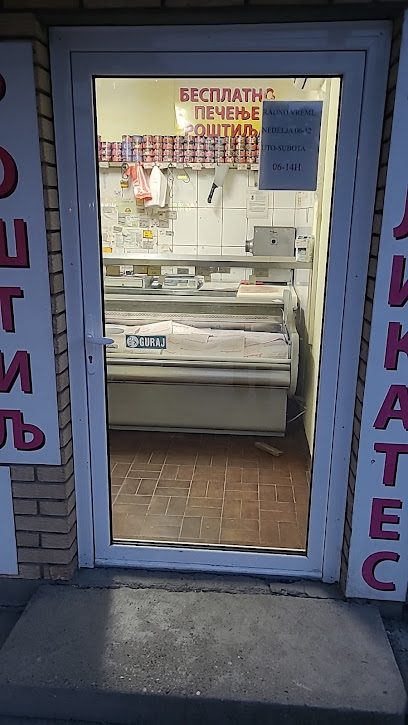
Пекара Фрушка
Discover the authentic taste of Serbia at Pekara Fruška, a charming bakery in Vrdnik offering freshly baked goods and local delicacies.
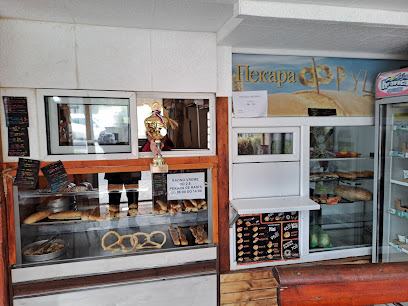
Podunavlje-Beocin
Explore Podunavlje-Beocin, your gateway to affordable local groceries and authentic Serbian flavors in the heart of Beočin.
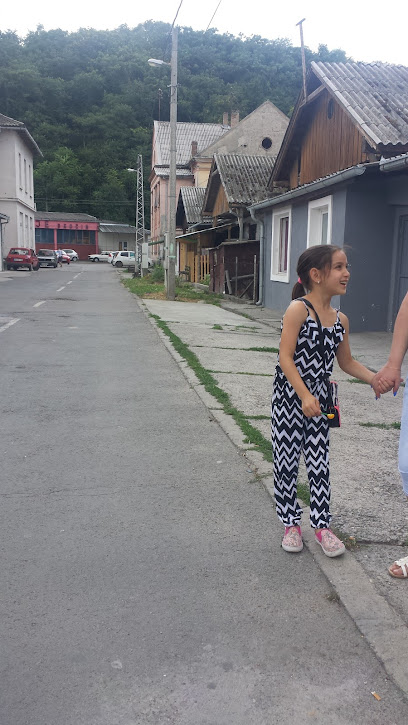
Pepco
Explore Pepco in Beočin for unbeatable prices on clothing, baby gear, home essentials, and toys, perfect for families and savvy shoppers.
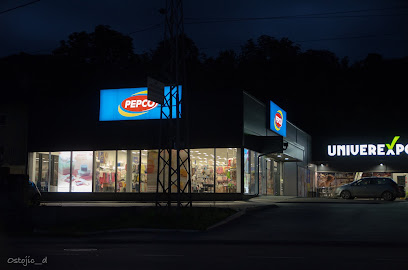
TSV - DISKONT
Explore TSV - DISKONT in Vrdnik for incredible discounts on food, cosmetics, and more, perfect for savvy travelers seeking value.
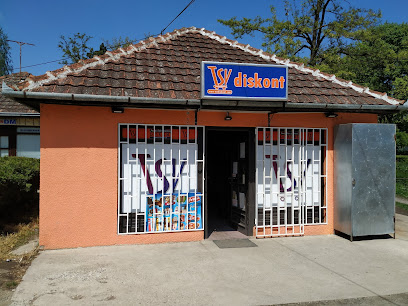
Troters Plus
Discover local flavors and everyday essentials at Troters Plus, the leading supermarket in Vrdnik, perfect for tourists and locals alike.
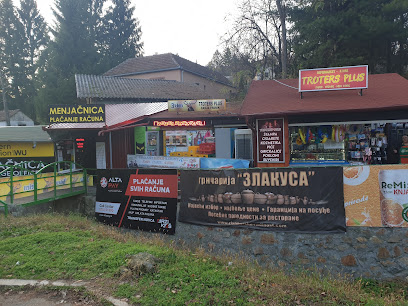
Gift shop Drvce Sreće
Explore the charm of Gift Shop Drvce Sreće in Novi Sad, your go-to destination for unique gifts and exquisite handcrafted jewelry.
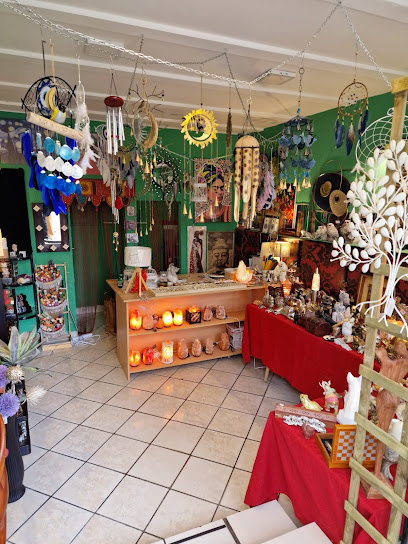
VINSKA KUĆA
Explore the enchanting Vinska Kuća in Irig, Serbia, where exquisite wines and local traditions await every visitor.
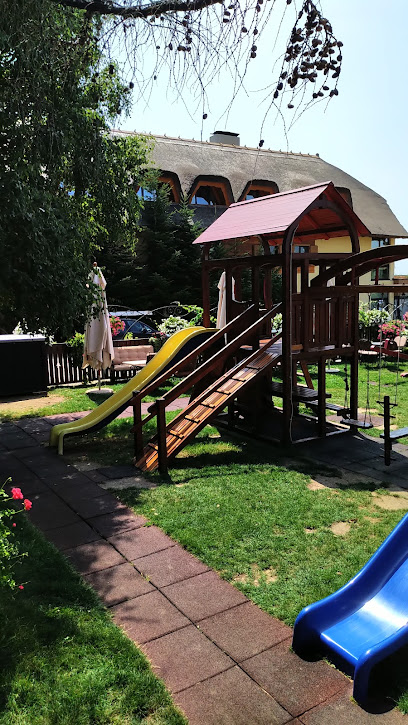
Kineska prodavnica
Discover unique Eastern fashion treasures at Kineska Prodavnica in Beočin, where vibrant styles and cultural heritage meet.
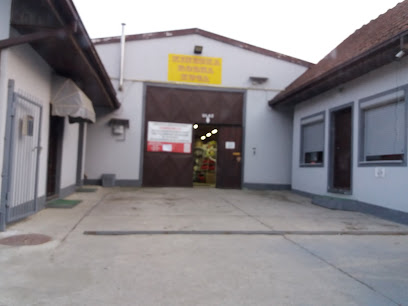
Butik Pinokio (Muski I Zenski Butik)
Explore Butik Pinokio in Futog for a unique blend of style and local fashion, offering a curated selection for men and women.
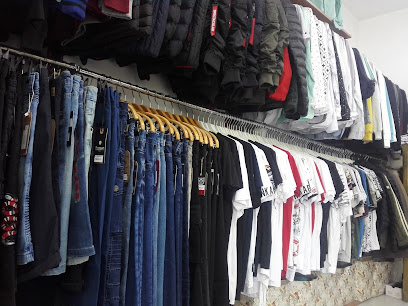
Gorica
Explore Gorica, a charming home goods store in Vrdnik, offering unique Serbian crafts and decor for an unforgettable shopping experience.
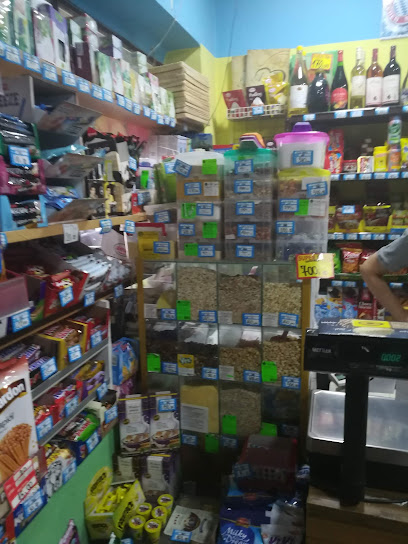
Prestige store
Explore Futog's Prestige Store for an exquisite shopping experience, featuring stylish clothing and exceptional service in a charming atmosphere.
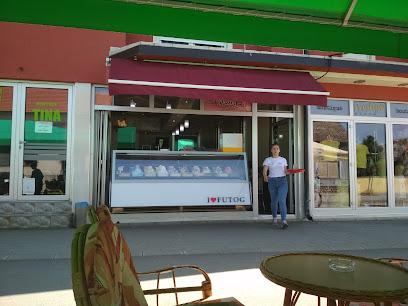
Piljarnica Cucurika NSS
Discover the essence of Serbian agriculture at Piljarnica Cucurika NSS, where fresh produce and local flavors come together in a vibrant greengrocer.
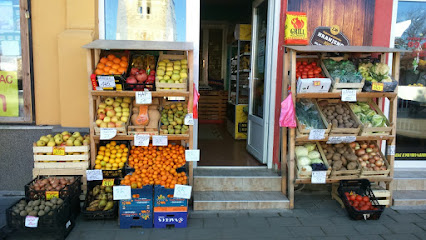
Bubamara butik dečije, ženske i muške garderobe
Explore Bubamara Boutique in Beočin for a unique selection of stylish clothing for the entire family, blending local charm with modern fashion.
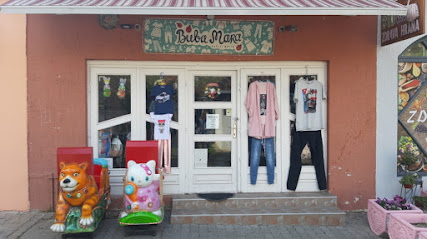
Essential bars & hidden hideouts
Vinska Kuca Kovacevic
Experience authentic Serbian cuisine and exquisite wines at Vinska Kuca Kovacevic, a charming restaurant in the heart of Irig, Serbia.

Irish Pub
Discover the authentic charm of Irish Pub Red Cow in Novi Sad, where traditional food meets vibrant atmosphere and excellent service.
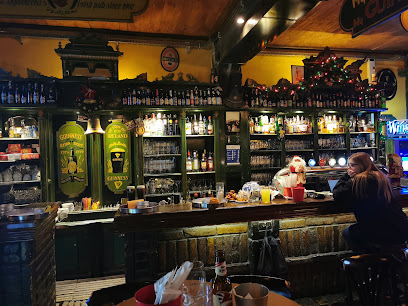
Restoran kompleks Vidikovac - restoran za svadbe i proslave
Experience exquisite dining at Restoran kompleks Vidikovac, where local flavors and stunning views create unforgettable moments in Ledinci.
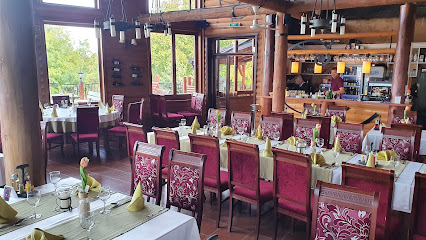
Shamrock bar
Experience the lively atmosphere of Shamrock Bar in Novi Sad, where authentic Irish hospitality meets local warmth, perfect for a night out.
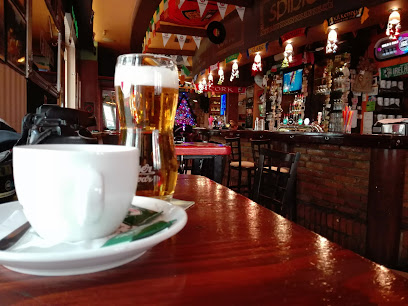
Fruškogorska Lugarnica Mala Remeta
Discover the flavors of Serbia at Fruškogorska Lugarnica Mala Remeta, where nature and cuisine beautifully intertwine.

PUBeraj
Discover the vibrant atmosphere of PUBeraj in Novi Sad, where local flavors and lively entertainment come together for an unforgettable night out.
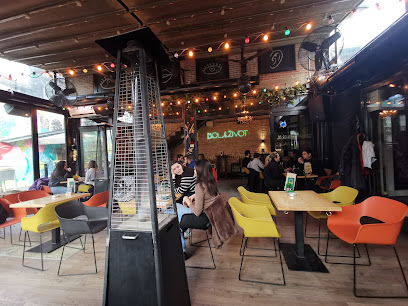
Etno Restoran Vrdnicka Kula
Experience the authentic taste of Serbia at Etno Restoran Vrdnicka Kula, where tradition meets flavor in a picturesque setting.
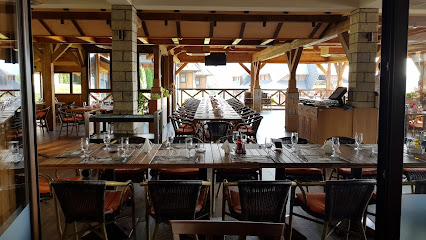
G-Pub Gregors Pub
Experience the vibrant atmosphere and delicious flavors of G-Pub Gregors Pub, a top gastropub in Novi Sad, perfect for food lovers and socializers alike.
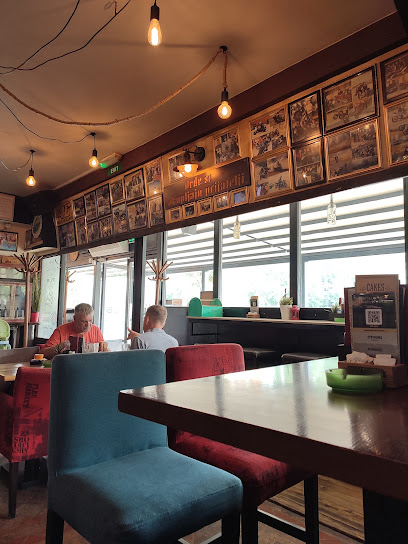
Rajska bajka
Experience authentic Serbian cuisine in a stunning setting at Rajska Bajka, Sremska Kamenica, a culinary gem near Fruska Gora National Park.
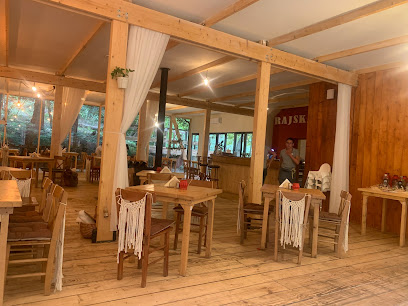
Restoran Na Vencu
Experience authentic Serbian cuisine at Restoran Na Vencu in Irig, where tradition meets taste in a cozy atmosphere.

Restoran Krušedolka 1
Discover the authentic flavors of Serbian cuisine at Restoran Krušedolka in Krušedol Prnjavor, a culinary haven for food lovers.
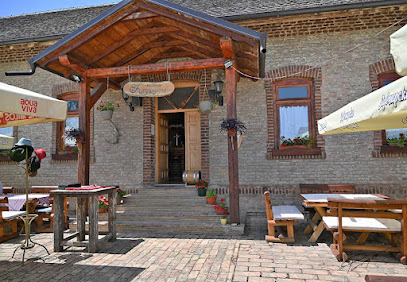
Red Baron 2019 Pub
Discover Irish culture at Red Baron 2019 Pub in Vrdnik, where great food, drinks, and live music come together in an inviting atmosphere.
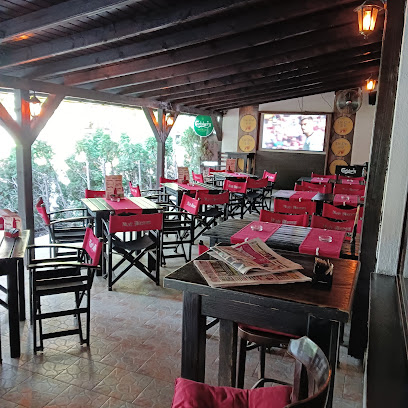
Fruškogorska terasa
Discover a blend of exquisite dining and thrilling ATV adventures at Fruškogorska terasa in Sremska Kamenica.
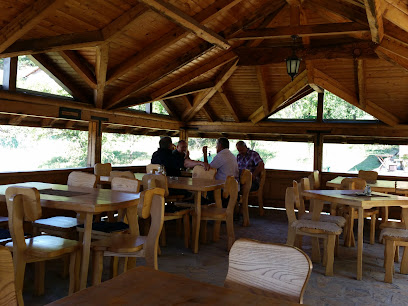
Перков салаш
Indulge in the rich flavors of Serbia at Перков салаш, a charming restaurant in Neradin offering a delightful culinary experience.
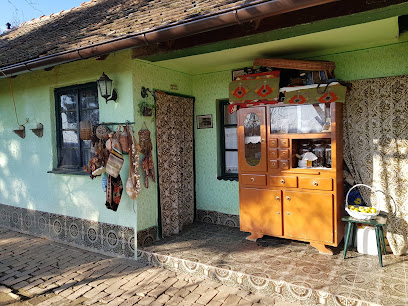
Fig Restaurant
Discover the exquisite flavors and elegant ambiance of Fig Restaurant in Rakovac, a fine dining gem that elevates Serbian cuisine.
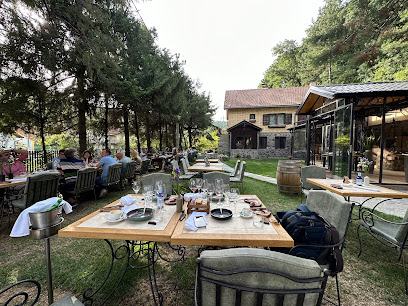
Local Phrases about Fruška Gora National Park
-
- HelloЗдраво
[Zdravo] - GoodbyeДовиђења
[Doviđenja] - YesДа
[Da] - NoНе
[Ne] - Please/You're welcomeМолим/Нема на чему
[Molim/Nema na čemu] - Thank youХвала
[Hvala] - Excuse me/SorryИзвини/Жао ми је
[Izvini/Žao mi je] - How are you?Како си?
[Kako si?] - Fine. And you?Добро. А ти?
[Dobro. A ti?] - Do you speak English?Да ли говорите енглески?
[Da li govorite engleski?] - I don't understandНе разумем
[Ne razumem]
- HelloЗдраво
-
- I'd like to see the menu, pleaseЖелео/ла бих да видим мени
[Želeo/la bih da vidim meni] - I don't eat meatНе једем месо
[Ne jedem meso] - Cheers!Здравље!
[Zdravlje!] - I would like to pay, pleaseЖелео/ла бих да платим
[Želeo/la bih da platim]
- I'd like to see the menu, pleaseЖелео/ла бих да видим мени
-
- Help!Упомоћ!
[Upomoć!] - Go away!Иди одавде!
[Idi odavde!] - Call the Police!Позвате полицију!
[Pozvate policiju!] - Call a doctor!Позвате лекара!
[Pozvate lekara!] - I'm lostИзгубио/ла сам се
[Izgubio/la sam se] - I'm illБолестан/на сам
[Bolestan/na sam]
- Help!Упомоћ!
-
- I'd like to buy...Желео/ла бих да купим...
[Želeo/la bih da kupim...] - I'm just lookingСамо гледам
[Samo gledam] - How much is it?Колико кошта?
[Koliko košta?] - That's too expensiveПревише је скупо
[Previše je skupo] - Can you lower the price?Можете ли снизити цену?
[Možete li sniziti cenu?]
- I'd like to buy...Желео/ла бих да купим...
-
- What time is it?Колико је сати?
[Koliko je sati?] - It's one o'clockЈедан сат је
[Jedan sat je] - Half past (10)Пола (10)
[Pola (10)] - MorningЈутро
[Jutro] - AfternoonПоподне
[Popodne] - EveningВече
[Veče] - YesterdayЈуче
[Juče] - TodayДанас
[Danas] - TomorrowСутра
[Sutra] - 1Један
[Jedan] - 2Два
[Dva] - 3Три
[Tri] - 4Четири
[Četiri] - 5Пет
[Pet] - 6Шест
[Šest] - 7Седам
[Sedam] - 8Осам
[Osam] - 9Девет
[Devet] - 10Десет
[Deset]
- What time is it?Колико је сати?
-
- Where's a/the...?Где је...?
[Gde je...?] - What's the address?Која је адреса?
[Koja je adresa?] - Can you show me (on the map)?Можете ли ми показати (на мапи)?
[Možete li mi pokazati (na mapi)?] - When's the next (bus)?Кад је следећи (аутобус)?
[Kad je sledeći (autobus)?] - A ticket (to ....)Једну карту (за...)
[Jednu kartu (za...)]
- Where's a/the...?Где је...?
History of Fruška Gora National Park
-
Fruška Gora has a history stretching back to ancient times, with archaeological evidence suggesting that it was inhabited as early as the Neolithic period. The region was later settled by the Celts and subsequently came under Roman control. The Romans recognized the strategic importance of Fruška Gora and built fortifications and settlements, remnants of which can still be found scattered across the park.
-
Fruška Gora is often referred to as the 'Serbian Athos' due to its concentration of medieval monasteries. The monasteries, built between the 15th and 18th centuries, served as important cultural and spiritual centers for the Serbian people during the Ottoman occupation. Some of the most notable monasteries include Krušedol, Grgeteg, and Hopovo, each offering unique architectural and artistic treasures.
-
Following the Great Turkish War in the late 17th century, Fruška Gora came under the control of the Habsburg Monarchy. This period saw significant development and modernization, with the introduction of new agricultural techniques and the construction of Baroque-style buildings. The region also became a refuge for many Serbs fleeing Ottoman rule, leading to a rich cultural exchange and the preservation of Serbian traditions.
-
During World War II, Fruška Gora was a significant center of resistance against Axis forces. The dense forests and rugged terrain provided a natural hideout for Yugoslav Partisans, who conducted guerrilla warfare against the occupying forces. Many battles and skirmishes took place in the area, and today, numerous monuments and memorials commemorate the bravery and sacrifices of the Partisan fighters.
-
After World War II, Fruška Gora was designated as a national park in 1960, becoming the first national park in Serbia. The designation aimed to protect the region's rich biodiversity, cultural heritage, and stunning landscapes. Conservation efforts have since focused on preserving the park's unique flora and fauna, maintaining the historical monasteries, and promoting sustainable tourism.
-
Fruška Gora is not just a natural and historical treasure but also a vibrant cultural hub. The region hosts numerous events and festivals throughout the year, celebrating everything from traditional music and dance to wine and gastronomy. The 'Brankovo Kolo' poetry festival, held annually in honor of the famous Serbian poet Branko Radičević, is one of the highlights, drawing literary enthusiasts from across the country.
Fruška Gora National Park Essentials
-
Fruška Gora National Park is located in the northern part of Serbia, near the city of Novi Sad. The nearest major airport is Nikola Tesla Airport in Belgrade, approximately 80 kilometers away. From Belgrade, you can take a bus or train to Novi Sad, which takes about an hour. From Novi Sad, local buses or taxis can take you to various entry points of Fruška Gora National Park.
-
Within Fruška Gora National Park, the best way to get around is by car or bicycle. There are numerous trails and roads suitable for both modes of transport. Public buses run from Novi Sad to several villages surrounding the park, but they may not be frequent. Renting a car in Novi Sad or Belgrade is highly recommended for flexibility. Taxis are also available but can be costly for longer distances.
-
The official currency in Serbia is the Serbian Dinar (RSD). Credit cards are accepted in most hotels, restaurants, and larger shops in Novi Sad and the park's vicinity, but it is advisable to carry cash, especially when visiting smaller villages and rural areas. ATMs are available in Novi Sad and some larger villages near the park.
-
Fruška Gora National Park is generally a safe destination for tourists. Standard precautions such as not leaving valuables unattended and being aware of your surroundings are advisable. There are no specific high-crime areas targeting tourists within the park. However, it's best to avoid isolated areas after dark and stick to well-trodden paths and trails.
-
In case of an emergency, dial 112 for immediate assistance, which is the general emergency number in Serbia. There are medical facilities in nearby Novi Sad. It is recommended to have travel insurance that covers medical emergencies. For minor health issues, there are pharmacies in the larger villages around the park where you can purchase over-the-counter medications.
-
Fashion: Do wear comfortable, weather-appropriate clothing and sturdy footwear for hiking. Avoid overly revealing attire, especially in religious sites. Religion: Do respect local customs and traditions, particularly in monasteries. Always cover your shoulders and legs when entering religious sites. Public Transport: Do be courteous and offer your seat to elderly passengers. Don’t eat or drink on public transport. Greetings: Do greet people with a handshake. A simple nod or smile is also considered polite. Eating & Drinking: Do try local delicacies and accept food offerings graciously. Don’t refuse hospitality, as it can be considered impolite.
-
To experience Fruška Gora National Park like a local, visit during the grape harvest season in September and October when many local wineries are open for tours and tastings. Engage with locals, especially in the smaller villages, who are often friendly and willing to share stories about the area's rich history and culture. Don’t miss visiting the numerous monasteries scattered throughout the park, some of which date back to the 15th century. For a unique experience, hike to the highest peak, Crveni Čot, for stunning panoramic views.
Trending Landmarks in Fruška Gora National Park
-
Petrovaradin Fortress Clock
-
Limanski Park
-
Stara Planina National Park
-
Special Nature Reserve ''Zasavica''
-
Velika Remeta Monastery
-
Krušedol Monastery
-
Stražilovo
-
Novo Hopovo Monastery
-
Jazak Monastery
-
Spomenik NOB na Iriškom Vencu
-
Staro Hopovo Monastery
-
Fruška Gora
-
Letenka
-
Museum of Beekeeping and Winery Živanović
-
Brvnare Platan
Nearby Cities to Fruška Gora National Park
-
Things To Do in Belgrade
-
Things To Do in Pančevo
-
Things To Do in Subotica
-
Things To Do in Smederevo
-
Things To Do in Tuzla
-
Things To Do in Szeged
-
Things To Do in Pecs
-
Things To Do in Kragujevac
-
Things To Do in Arad
-
Things To Do in Kraljevo
-
Things To Do in Sarajevo
-
Things To Do in Zenica
-
Things To Do in Kecskemet
-
Things To Do in Banja Luka
-
Things To Do in Jajce

